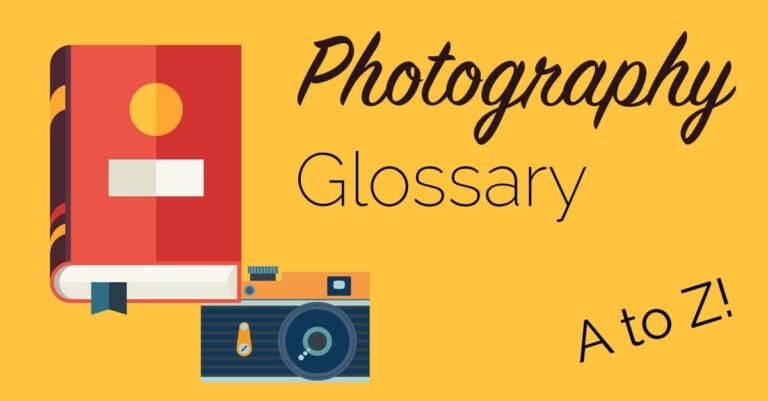Ambient Light
What Is Ambient Light and How Can It Be Used When Taking Photographs? Depending on the scene you are shooting ‘ambient light’ can be your best friend, or your worst enemy. The term ambient light refers to any natural sources of light illumination a scene i.e. any light that is not artificially created. The most obvious source of ambient light is the Sun, at sunrise and sunset it will bring a scene alive with warm tones punctuated by subtle shadows and soft detail, at high noon it will wash out your photographs with overwhelming highlights and deep impenetrable shadows. the …


